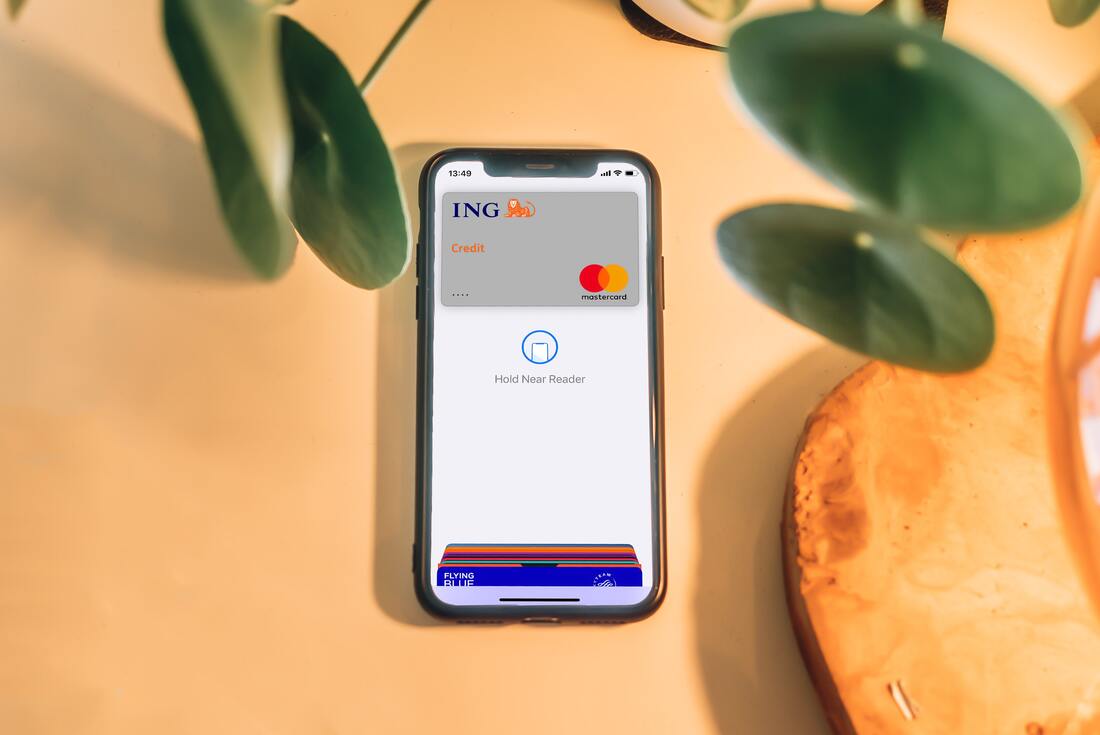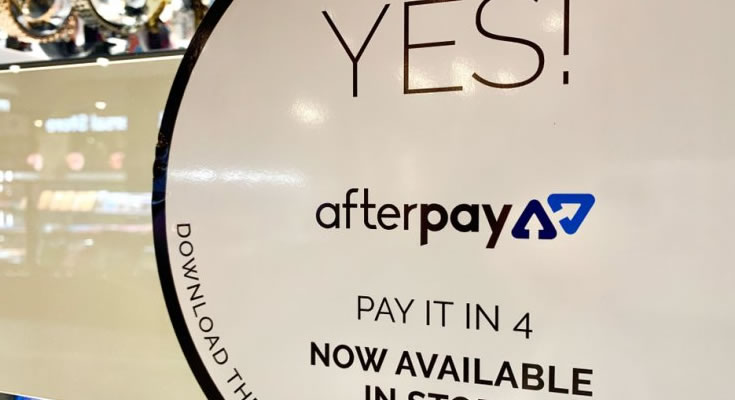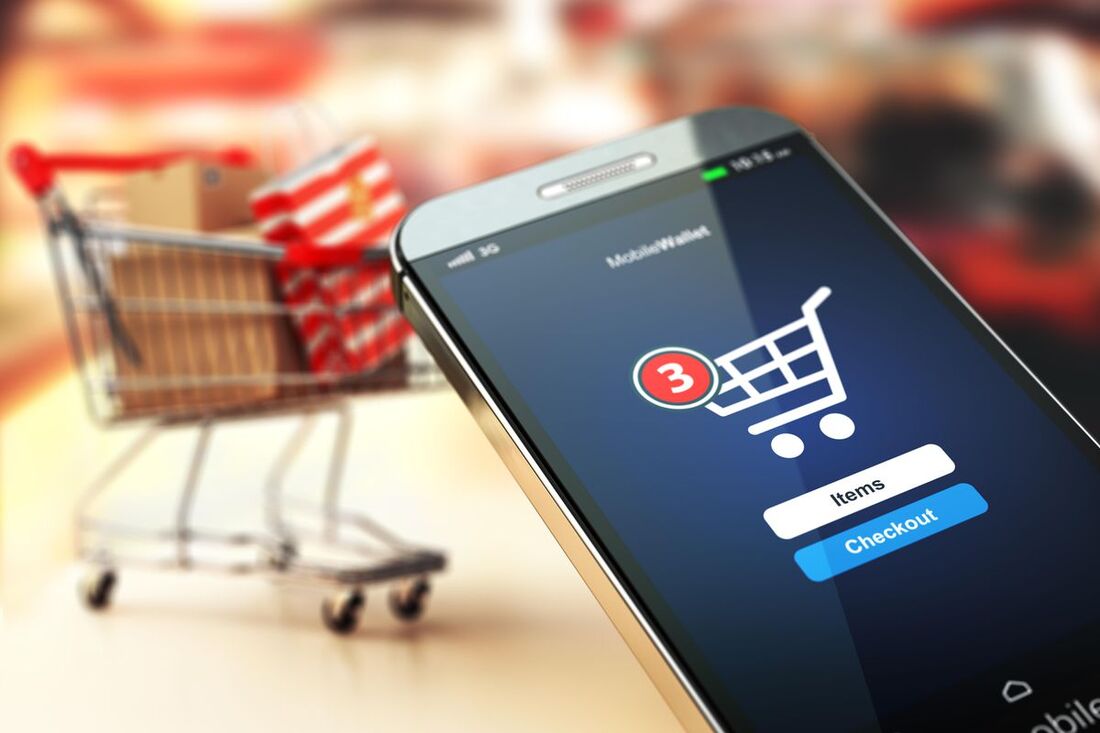How alternative financing may refresh your business success
Alternative Payment Methods (APMs) are also in the mix, beginning with prepaid cards, bank transfers, loyalty programs, and delayed payment/installment options. Consider that by 2026, the use of digital wallets likely will have grown by 53 percent. Security and ease are equal motivators for shoppers sliding into higher-tech solutions. They already rely on PayPal and Venmo to complete transactions, and Amazon loyalists already store their card information. But there are snags that can get in the way. Card issuers will demand updated address information, and consumers often don’t remember to do that. Analysts point out that impatient shoppers may abandon a purchase if their first payment attempt fails. They may intend to return, and then forget. In that vein, as financial institutions pay closer attention to anti-fraud efforts, they may place flags and holds on cards, making customers even more frustrated. A growing trend among shoppers is to utilize non-bank post-payment options through outfits such as Affirm, Klarna, and others that briefly screen for eligibility. They will set up an installment payment plan through digital card numbers, some even dangling a no-interest option. The palatability of spending $300 may sit better if you’re not coughing up the full amount upfront. No, these pay-later plans are not materially different from standard credit card or even debit card financing. But if purchasing power on existing cards is an issue, these services are extremely attractive – not to mention relatively simple to nail down. Another huge win for consumers? They reflect on credit reports as installment loans, creating a better mix of debt types. Study the possibilities of how you will make it easy for new and existing customers to pad your revenue pockets. Find out which of these alternative payment options might raise more problems than they solve, considering refunds, overpayments, and high vendor fees. You may discover that your sales could sail beyond your wildest dreams. As long as you’ve conducted due diligence, experts say it’s well worth considering. Photo by Nathan Dumlao on Unsplash
0 Comments
How to Assess Sales Tax Obligations in Ecommerce
The first reality to absorb is this: if you sell merchandise over the Internet and you have a physical presence in a “nexus,” or state, you are required to follow that jurisdiction’s sales tax laws – but only from customers who are subject to sales tax because of their residence in that state. Sounds pretty simple until you understand that there are 50 states to keep track of. Add to that the wonky official rule that if customers do not remit sales tax payments to sellers, they are technically required to pay them directly to their state. Don’t ask how that enforcement mechanism would work; truly, it’s anyone’s guess. Mostly only very high-end purchases would come to the attention of each state’s tax collector.
We’ll make it easy for you. Only five U.S. states do not impose a sales tax. They are Alaska, Oregon, Montana, Delaware, and New Hampshire. Now you know. But what is your obligation in terms of making sure your customers pay up? That’s more confusing. If you’re committed to avoiding future problems and doing the right thing at the outset, here are steps to take that will keep you in the clear:
As a small- to mid-sized merchant, you might want to tap into the increasing number of alternative financing options available to entice purchases, also called “afterpay” services. Each has a slightly different interface and set of options, but all are predicated on the ability to soften the blow of large (and even modest) consumer purchases. Fixed transaction fees represent the revenue stream for these entities. To that end, it’s not altogether different from a bank installment loan. Collecting is key, but experts say the dollar amount of these purchases is unlikely to cause customer defaults. Klarna is a high-profile consumer payment portal allowing for payment-splitting, and there are others – with still others springing onto the scene. Here’s how it works: Your customer sees a product on your site they can’t live without, but has no ability to front the cash or use a credit card. The afterpay model steps in as a third party, allowing participating merchants to process payments through them as the customer provides billing information not to you, but to them. Any guilt over adding to the spiraling debt crisis may be relieved to know that the most common option for consumers is to divide their payments over four months only, avoiding the seemingly endless cycle of drowning in interest over a period of years. Like a mortgage, but in micro mode Klarna and its doppelgangers facilitate semi-major purchases such as computers, cameras, and even riding lawnmowers. But they also devise payment plans for tennis shoes, cosmetics, and less expensive home goods. This makes for an attractive option as customers face a real need to acquire something; to buy a graduation gift, cover a window, or acquire a printer. There is nothing new or radical about this model. Back when there were only a handful of TV channels available, home shopping networks were in full swing. In-house financing (underwritten between the merchant and its bank) greatly limited defaults. Revenues for after-pay services can be substantial as long as customers behave and do not overspend or close accounts. And payments are not usually monthly, but rather take place every two weeks. In some cases, the merchandise is not delivered until the first (second) payment is made. (In other words, at the time a customer enters into a payment arrangement, the first installment is due immediately.) Among companies offering these tempting third-party payment services are Affirm, Sezzle, SplitIt, Zip, and GoCardless. Even cash-flush mainstream players such as Amazon and PayPal are seizing the opportunity for proprietary plans that eliminate third parties. Check out the various options and chat with their reps to see if offering an after-payment service will escalate your business. Depending on your volume, you may discover it’s an affordable way to greatly expand sales. They include: Photo by rupixen.com on Unsplash
Options for Installment Payments
The Pros and Cons of Using a BNPL Program
It’s easy to see why this convenient option works for so many, especially in times of financial difficulty. BNPL apps and programs allow consumers to purchase a product upfront, making it a more affordable option as they pay in monthly installments instead. But before you go using just any BNPL option, take a closer look at their advantages and what each has to offer. Online installment payment plans have a few pros and cons to consider. Here are some things to think about. BNPL Pros Easy Interest-Free Installment Plans Most BNPL services offer an installment plan (four payments, typically) that can be paid off without interest – so long as you pay on time! This makes it a great option when you need to spread out your finances. Links to Debit and Credit Cards Many BNPL apps link to your already-existing debit and credit cards. With a soft credit check, a BNPL loan doesn’t affect a credit score. Instead, it simply offers consumers like students and those still building their credit to learn how to budget and better manage their personal finances. Increases Orders and Purchases When consumers feel confident with an easy-to-use loan without interest, they’re more tempted to make larger purchases and to spend more in a shop. That means that having a BNPL option on your online shop is a major advantage to your business. Furthermore, it also keeps consumers coming back time and time again. BNPL Cons Minimum Spending Requirements Installment payments have a purpose – to help stretch out payments for more significant purchases. In other words, many BNPL options have a minimum spending requirement. For example, Klarna is $35. Late Payment Fees Interest-free installment plans are great – if you remember to pay them! But if you don't, many BNPL programs charge late payment fees. Of course, at the end of the day,, you’ll be paying more for the product purchased. Many Do Not Help Build Credit While there are BNPL apps that do help build credit with a hard credit score, many simply do not. Take a closer look at the app details and whether they are required to report to the credit bureaus and you will have your answer. For example, Splitit and Sezzle have no impact – good or bad – on your credit score. #5 Consumer Favorite Options for Installment PaymentsLet’s break down some popular BNPL installment payment options. #1 Affirm Affirm allows customers and buyers to make a purchase and skip the late fees. However, Affirm does charge interest, which it breaks down up front. Still, an underpayment or no payment at all can harm credit scores. All in all, this loan system makes Affirm a fantastic option for larger purchases, allowing up to a 12-month payment plan. Interest rates on loans range anywhere from 0 - 30% and are dependent on several variables like if you have prior payment history, the standing of your current Affirm account and more. #2 Afterpay Afterpay offers payments split into four installments over six weeks. With a 0% interest rate, it’s a great BNPL option for those who are diligent and pay on time. Afterpay also allows late payments with a 10-day grace period. Beyond this time, a late fee is charged, based on the amount of the original purchase but never more than 25%. #3 Klarna Klarna’s terms, rates and fees tend to vary by merchant. However, customers can expect something like 4 installment plans spanning 6 weeks with no fees. Plus, Klarna allows users to pay 30 days after the purchase. Besides these limits, Klarna can charge up to a $35 late fee each month, but it’s relative to the item purchased, and $10 per month is the norm. #4 PayPal ‘Pay in 4’ Many people use PayPal for online purchases, so they recently launched a new ‘Pay in 4’ program to meet the demand. The PayPal ‘Pay in 4’ allows consumers to make purchases without being charged interest, which is wonderful. However, they do charge a late payment fee. It’s also important to know that they run a soft credit check, which essentially means it doesn’t affect credit scores. #5 Sezzle Once approved with a soft credit check, Sezzle requests 25% upfront and allows you to pay (with a linked debit or credit card) over four installments in six weeks without interest. Late payments are $10, but it can be waived easily if you catch it within 48 hours. Sezzle also offers long-term loan financing through Ally. However, this method does require a hard credit check. If becoming a digital store felt overwhelming, what we’re about to discuss may make you sweat. Don’t. It’s an up-and-coming topic developing in the changing world of ecommerce merchandising. It addresses how to collect on what you sell, and how to make it easier for your customers to buy.
Dubbed “BNPL” for short, the concept of Buy Now; Pay Later offers payment plans for goods–something that was once only a reality for big retailers offered through proprietary credit cards, or by accepting bank cards. That’s still a way to go, but what if you could ease the pain of customers who really want what you have, but are constrained by a temporary financial shortfall? In the era of a global pandemic, creative financing has taken on various forms; experts believe the shutdowns have advanced ecommerce developments by up to five years. As shopping online has exploded, strategic agreements with underwriters mean even small businesses can entice buyers with offers to pay in installments. Flexible payment methods are attractive to nearly 60 percent of consumers who purchase online. Those numbers might incentivize your decision to explore the possibilities. Though not without limitations, it’s at very least a marketing tactic that accommodates tough times. Offering payment flexibility requires a direct integration through your point-of-sale system, and that initial step is big. Some players providing this service include Affirm, Afterpay, Klarna, and Quadpay. PayPal, perhaps the most prolific online payment platform, announced in August that it would begin a launch. One study analyzed data of BNPL programs over a three-month period, reviewing almost a half-million transactions across more than 300 retailers. They included the above five platforms. Here’s what they found:
Big business may not be on the radar screens of small-time ecommerce merchants, but there’s one that should grab your attention if growth and prosperity is a goal. Bolt, a simply-named checkout technology platform formed in 2014, just received a massive cash infusion of $50 million in venture funding.
What does that mean for you? Likely a more efficient, secure, and seamless way to process sales transactions. The recent spike in online sales attributed to the Covid-19 global pandemic has led to shifts in industry trends, and Bolt was solid enough to sway investors. Bolt is offering a free trial, and if you’re so inclined, this is the time to get in. Their beefed-up resources mean even more attention to serving you as a customer, so you can serve your customers. The San Francisco-based firm brags of an impressive annual growth rate for ecommerce merchants using its service. Uptime is also admirable, ensuring reliable access. Its checkout speed is estimated to be nearly 50 percent quicker than what competitors offer. And the best news of all? The costs are low. Very low. True to trending consumer behavior, the company is focusing on mobile transactions, which account for a skyrocketing proportion of online sales these days. Its improved platform reduces the number of fields customers need to complete their purchases, which is a huge selling point that pares down cart abandonments. More important, it helps avoid drop-offs by offering post-checkout registration, instead of forcing buyers in mid-sale to commit to creating an account. As Bolt is a cloud-based platform, it offers a combined service bundle of checkout, payments, and integrated fraud protection--guaranteed by the company to be zero— in a single product. All major payment providers are compatible. The upshot here is that retailers using Bolt are better equipped to compete with the giant Amazon. |
Archives
October 2021
Categories
All
|









